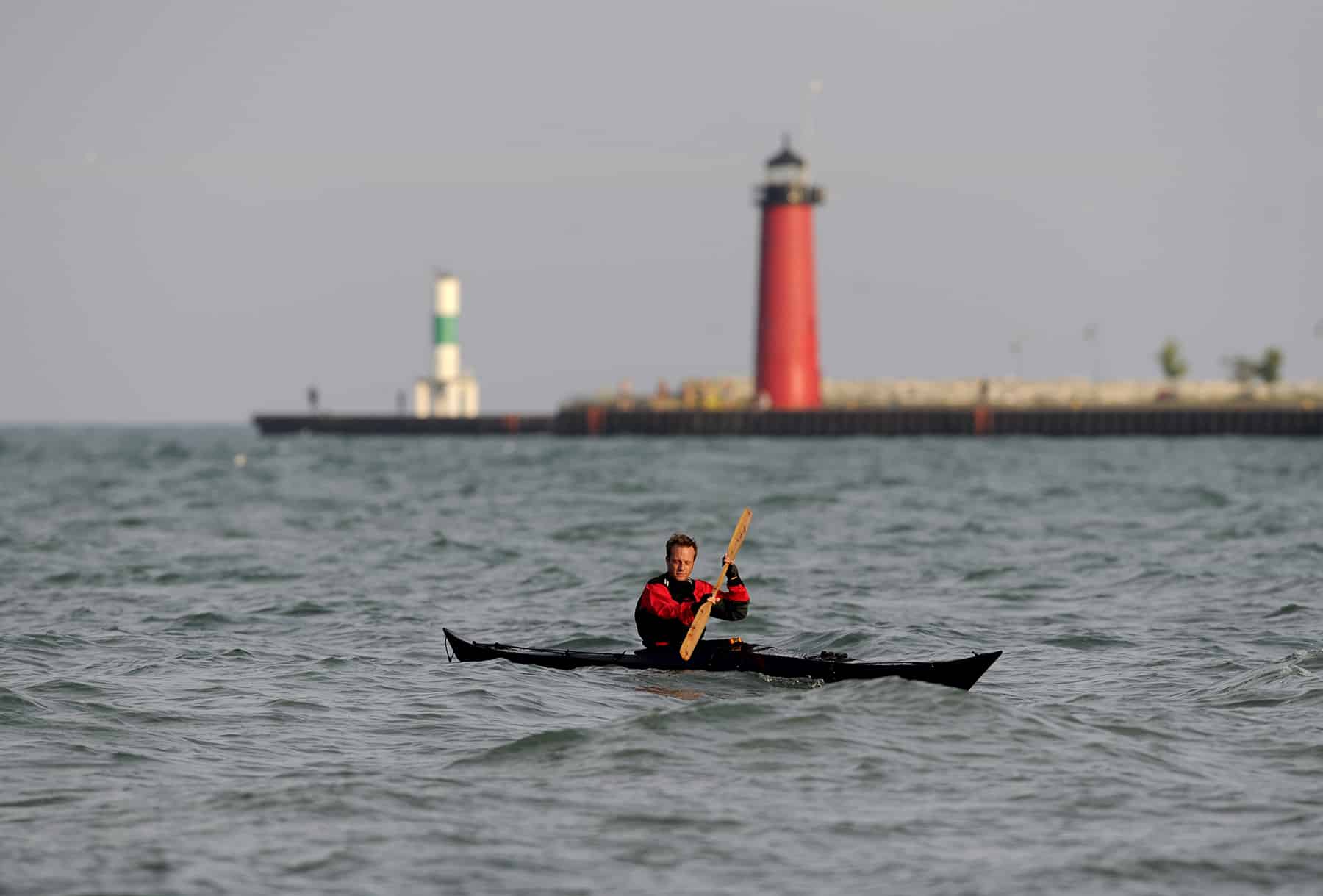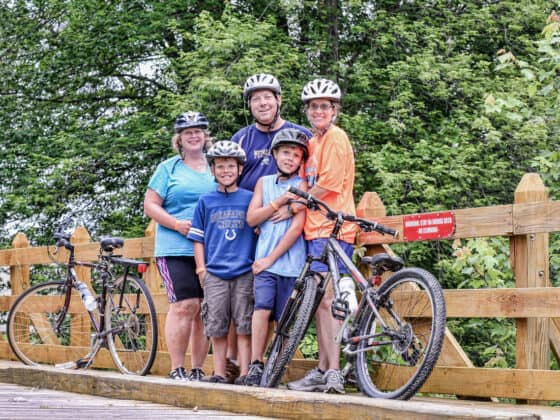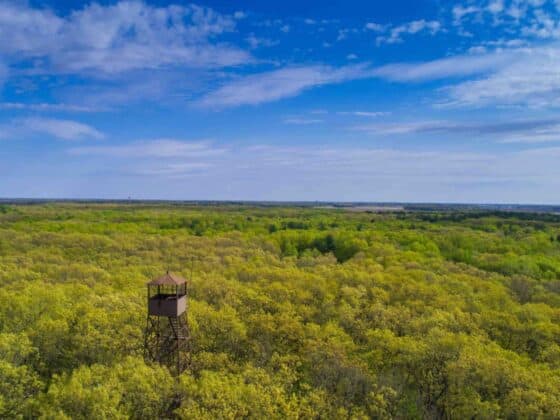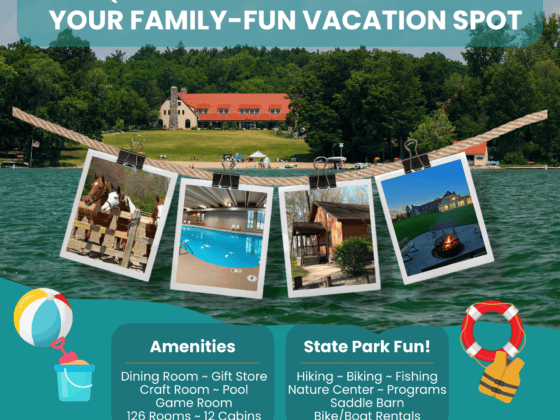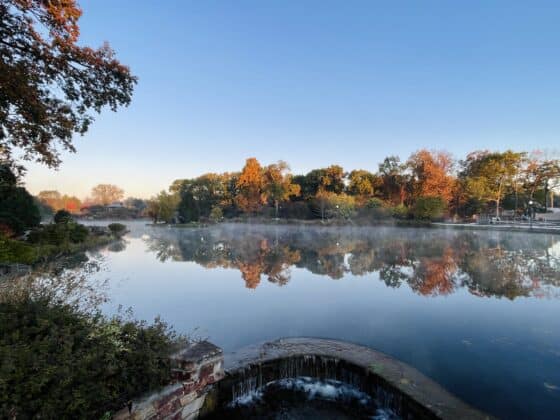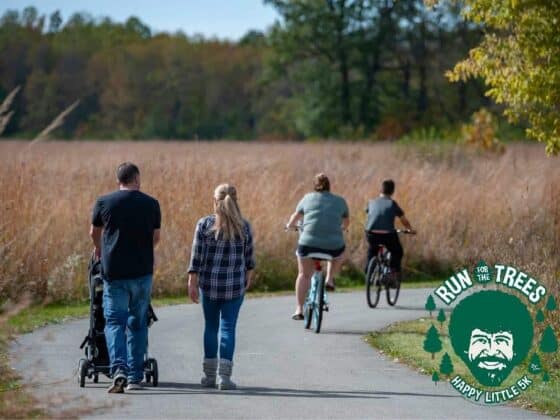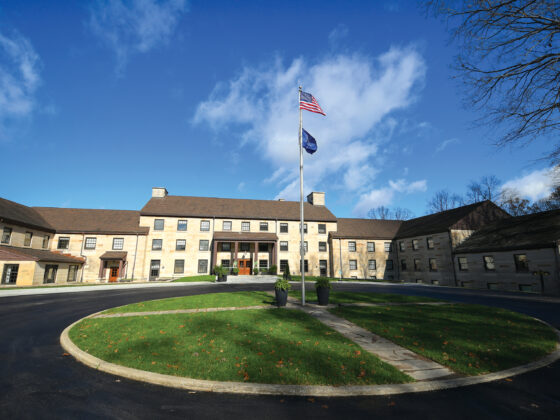By Nick Werner, DNR Staff
Kelly Cochrane had been to Lake Michigan once.
She was a kid with her parents, passing through northern Indiana. It was nighttime. The experience didn’t leave much of an impression. So when she visited the lake with her own kids last summer, it was like seeing it for the first time.
“It was really beautiful,” she said.
Kelly, her fiancé, Jeremy, and their three children, Andrew, 13, Emily, 12, and Aubrey, 11, vacationed in northwest Indiana for four days in July, spending much of their time at Indiana Dunes State Park. The Terre Haute family swam, buried each other in the sand, hiked the trails, and climbed the dunes.
“I wanted to go to the beach and didn’t want to go to Florida,” Kelly said. “I just thought it would be a good place to show the kids.”
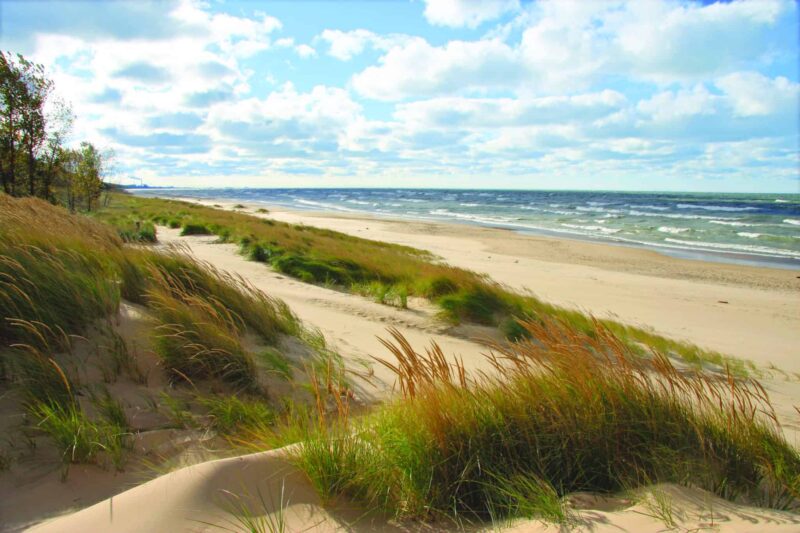
Her instinct was right.
When it comes to waterfront destinations in Indiana, the Dunes region is among the most obvious, renowned for its wide, sandy beaches, turquoise water, forested sand hills and fishing opportunities. The state park alone attracts one million visitors annually.
If you’ve never been, take a cue from Kelly and check it out. But even inland Indiana offers plenty of opportunities. Chances are, there’s one not far from you, and certainly a lot closer than Florida. Indiana’s system of state parks has 32 properties, and all of them offer a chance to relax by the water, from small ponds and creeks to glacial kettle lakes to the nearly mile-wide Ohio River. And each boasts some form of water recreation, from fishing to water skiing.
But if you are looking for big water with an array of aquatic opportunities, three categories stand out.
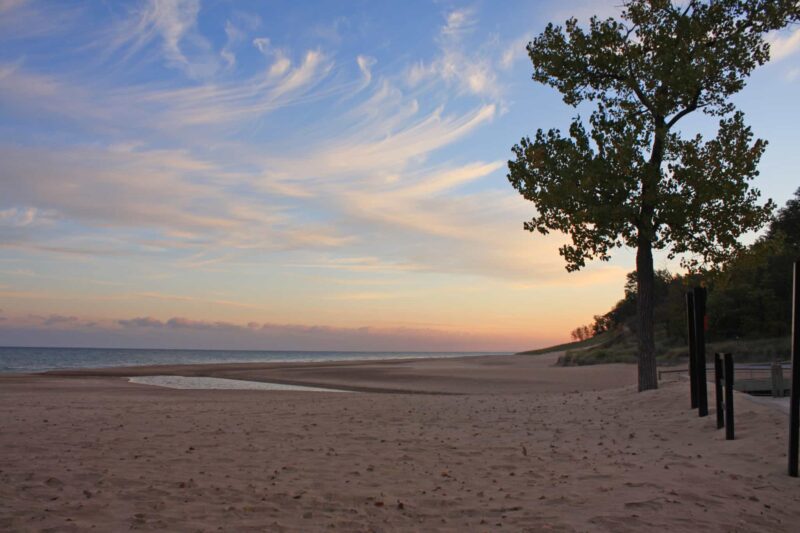
The first, summarized already, is Indiana Dunes and Lake Michigan, occupying an entire category on its own.
The second is Indiana’s eight large man-made lakes managed by the DNR Division of State Parks for recreation.
And the third category consists of Indiana State Park properties along the Ohio and Wabash rivers. They are Clifty Falls, Charlestown, Falls of the Ohio, and O’Bannon Woods state parks on the Ohio, and Harmonie State Park on the Wabash River.
Regardless of category, all properties except Falls of the Ohio offer overnight accommodations in the form of modern campgrounds. And Clifty Falls State Park, overlooking the Ohio near Madison, has a beautiful inn with 71 guest rooms, including suites, and an indoor pool.
Indiana’s eight DNR-managed lakes are Brookville, Cagles Mill (aka Lieber), C.M. Harden (aka Raccoon), Hardy, Mississinewa, Monroe, Patoka and Salamonie. The largest is Monroe with nearly 11,000 acres of water. The smallest is Hardy with about 800.
Each lake provides at least one swimming beach, boat ramps, and are open to water skiing and other motorized boating. Most have boat rentals through private operators. And, if you ever tire of being on the water, hundreds of acres of natural land surrounds each lake for hiking, camping, bicycling, and more.
The Bergstrom family of Boise, Idaho, vacationed over July 4 at Patoka Lake near French Lick.
Emily Bergstrom is a native of New Castle, Ind. She and her husband, Joe, wanted to bring the kids, Juni, 7, and Otis, 4, back to Indiana to visit family. But they wanted the casual family reunion to be somewhere exciting.
“We were just looking for something different,” Emily said.
“I think my mom gave us the idea of Patoka.” While the family lives among the dramatic landscapes of the mountainous West, Patoka, with its forested shorelines and craggy hillsides, inspired.
The family stayed at a private lodge nearby, but visited the lake’s Newton-Stewart State Recreation Area regularly to see the nature center, picnic, hike, swim, and fish. They also rented a pontoon for a day with a slide from the top deck to the water.
“The kids loved the pontoon boat,” Emily said. “We went to a quiet cove and swam for hours and hours and hours.” Joe, a fly fisherman originally from Idaho, enjoyed catching and identifying Midwestern species that were unfamiliar to him.
“Patoka is really beautiful,” Emily said. For some, Indiana’s lakes are more than just a vacation spot. An occasional visit becomes a passion and that passion becomes a lifestyle.
Four years ago, Andrea Swift-Hanlon and her husband Matt sold their Ellettsville home for a condo on the west shore of Monroe Lake. They also bought a 27-foot powercruiser with a cabin. They keep it in a slip at Lake Monroe Marina in Cutright State Recreation Area. On calm, cool nights in the summer, they often find a quiet cove and spend the night on Monroe with their Australian shepherd-mix, Gus.
Because their boat is too big to trailer easily, the couple stays on Monroe. But boating on the same lake every weekend hasn’t bothered them.
“It’s such a big lake,” Andrea said. “But it’s really about the people you are with that make it so much fun.”
Andrea and Matt have met some of their closest friends through boating. The types of friends “who we share our lives with, even away from boating.”
At Clifty Falls, the southern property boundary lies just short of the Ohio River. Is the park waterfront? Maybe not, at least technically speaking. But its proximity to water and sweeping hilltop views of the Ohio qualify it, even if you can’t launch a boat or lounge at the beach there.
In addition to its view, the park is known for its rugged landscape with cliffs and canyons and waterfalls, and its inn. Visiting historic Madison on a moment’s notice is another park perk.
“You really are still in the middle of nowhere if you are in the park,” said Gary Brown of Indianapolis, who lists the park as a favorite. “Madison is a cool town but the park is its own experience, too. You can have multiple enjoyable experiences in a short time.”
Charlestown occupies about 5,100 acres on the river, with overlooks and a public boat ramp. Much of the river frontage is along mysterious Rose Island.
The “island” is actually a narrow limestone peninsula at the confluence of the river and Fourteenmile Creek. It’s named after a resort that operated from 1923 until 1937, when the Ohio River swept much of it downstream.
Left behind were the concrete foundations and scattered remains of a hotel, dance hall, zoo, cottages and other buildings, and an Olympic-sized swimming pool. Manicured green spaces eventually surrendered to nature and became home to bobcats, deer, turkeys and bald eagles.
According to some, Rose Island’s location made it a great place to drink and gamble. Stories tell of smoke-filled backrooms, lookouts, FBI raids, and illegal slot machines tossed into Fourteenmile Creek.
Access was difficult until 2012, when the park moved in a historic bridge from Portersville to cross the creek. The relocated bridge opened Rose Island to widespread exploration for the first time in decades and new wayside interpretive panels tell Rose Island’s story.
A few miles west of Charlestown is Falls of the Ohio State Park, known for its nearly 300-million-year-old fossil bed, which is sometimes exposed and sometimes underwater.
The months of August thru October provide the best accessibility to the 220 acres of fossil beds, as the river is at its lowest level during this period. The park also offers fishing and a boat launch, but no overnight lodging.
A fourth park borders the Ohio River, O’Bannon Woods State Park, but its frontage is small and undeveloped, and most recreation is land-based.
Harmonie along the Wabash is similar to Charlestown with plenty of woods and hills, but also river frontage and a boat ramp.
So, this spring as you plan your summer vacation, resist the urge to travel to some saltwater destination.
The time you save traveling can be spent relaxing along the thousands of miles of shoreline throughout Indiana.


